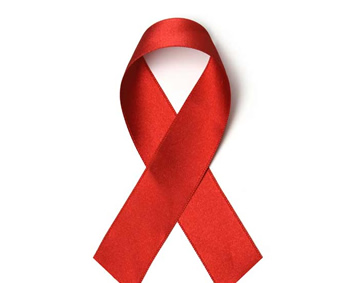Donor funding for HIV drops
 Donor government funding to support HIV efforts in low- and middle-income countries decreased by $511 million from $7.5 billion in 2015 to $7 billion in 2016, a new report shows.
Donor government funding to support HIV efforts in low- and middle-income countries decreased by $511 million from $7.5 billion in 2015 to $7 billion in 2016, a new report shows.
It was produced by the Kaiser Family Foundation and the Joint United Nations Programme on HIV/AIDS (UNAIDS), available to the Ghana News Agency.
This marks the second successive year of declines, and is the lowest level since 2010.
The decrease stems from actual cuts in funding (accounting for an approximate net 50 per cent of the decline), exchange rate fluctuations (20 per cent), and the timing of US contributions to the Global Fund to Fight AIDS, Tuberculosis and Malaria (30 per cent), due to US law that limits its funding to one-third of total contributions to the Global Fund.
In 2016, bilateral funding decreased by slightly more than $100 million, falling for nine of 14 donors profiled (seven of which declined in currency of origin).
Multilateral contributions fell by $400 million. As noted above, some of this was due to US legislative limitations on Global Fund contributions.
However, some was due to donor decisions to front-load their funding early in the 2014-2016 Global Fund pledge period.
“AIDS investments provide exceptional value for money. We have wisely invested in providing life-saving HIV treatment and prevention services for millions of people and are seeing the results of those investments today,” said Michel Sidibé, UNAIDS Executive Director.
“Declining international resources will hamper our ability to reach the 17 million people who still need treatment.”
“Donor government funding for HIV continues to be on the decline,” said Kaiser Family Foundation Vice President Jen Kates, Director of Global Health and HIV Policy.
“Recent proposed cuts from the US, amidst other competing demands on donor budgets, will likely contribute to an ongoing climate of uncertainty around funding for HIV going forward.”
The US continued to be the largest donor to HIV efforts, providing $4.9 billion in 2016, followed by the UK, France, the Netherlands, and Germany. When standardized by size of its economy, however, the US ranked third.
The new report, produced as a partnership between the Kaiser Family Foundation and UNAIDS, provides the latest data available on donor government funding based on data provided by governments.
It includes their bilateral assistance to low- and middle-income countries and contributions to the Global Fund, as well as Unitaid.
“Donor government funding” refers to disbursements, or payments, made by donors. Donor contributions to multilateral organizations are counted as part of their disbursements.
Source: GNA
